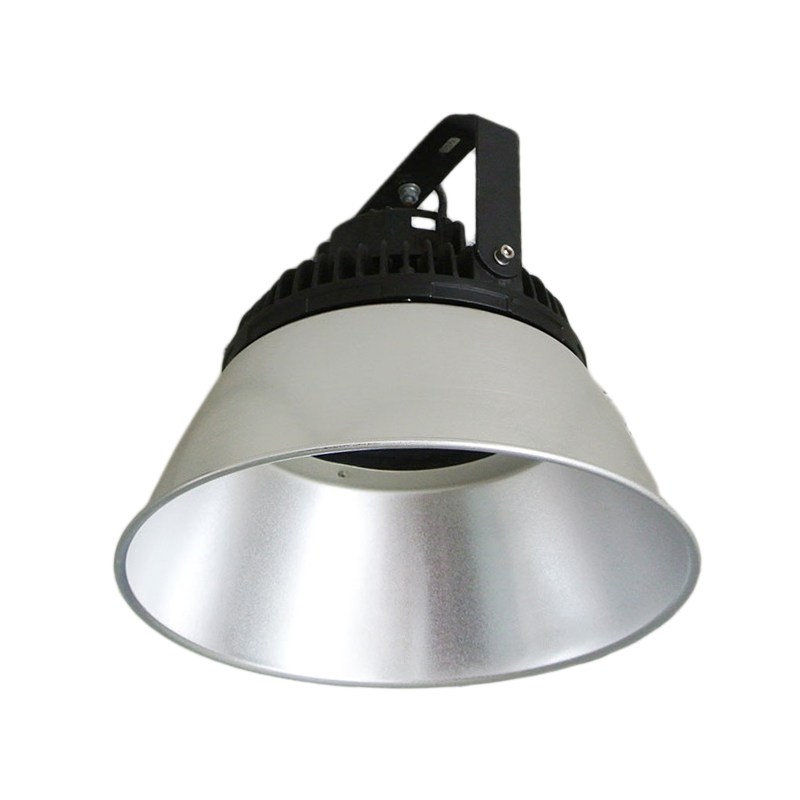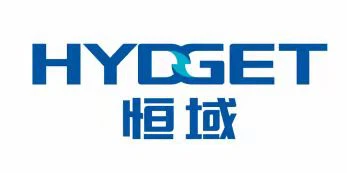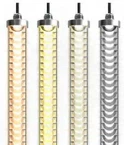Industrial plant lighting mainly includes workshop lighting, factory lighting and warehouse lighting, among which workshop lighting has higher requirements, generally ranging from 400lx to 1000lx, factory lighting is preferably 200lx to 300lx, and warehouse lighting is 50lx to 100lx.

01 Common types of industrial plants
1. General production plant: a plant produced under normal conditions. 2. Production plant with explosion and fire hazards: a plant that normally produces or stores explosive and fire hazards.
3. Production plants in harsh environments: dusty, humid, high temperature or steam, vibration, smoke, acid and alkali corrosive gases or substances, and radioactive substances.
Therefore, according to the above classification and characteristics, from the perspectives of efficiency, practicality and safety, the factory lighting design should be strictly carried out in accordance with the different production conditions.
02 General requirements for factory lighting
Industrial lighting should ensure the comfort and safety of workers under a certain illumination and be anti-glare. Industrial plant lighting defines the level of conventional lighting through the details, color contrast and surface texture materials of the objects required for observation on the horizontal, vertical or inclined working surface. Reasonable conventional lighting balances the lighting level of the entire ground area and the working surface; attention should be paid to the control of glare, so that the light is directly projected onto the working surface without causing direct or reflected glare. Light sources with comfortable light colors and good color rendering can be used, and the light sources are hidden, or the light sources are reasonably matched with grilles and reflectors.
The general requirements for factory lighting should follow the following principles:
1. Selection of lighting methods
1. For places with high illumination requirements, low density of work positions, and unreasonable use of general lighting alone, mixed lighting should be used.
2. When a certain work area requires a higher illumination than general lighting, partitioned general lighting can be used.
3. When the partitioned general lighting cannot meet the illumination requirements, local lighting should be added.
4. Local lighting should not be installed in the work area.
2. Control of lighting quality Lighting quality is a sign of the quality of factory lighting design. It mainly includes the following contents:
1. Select lamps with high efficiency and suitable light distribution curve. According to the hanging height of the lamp on the factory building frame and the room index scale, select lamps with different light distribution values. RI is the refractive index of the lamp.
When RI = 0.5 ~ 0.8, it is advisable to use narrow light distribution lamps;
When RI = 0.8 ~ 1.65, it is advisable to use medium light distribution lamps;
When RI = 1.65 ~ 5, it is advisable to use wide light distribution lamps.
2. Select lighting sources with appropriate color temperature and color rendering index that meet production requirements.
3. Achieve the specified illumination uniformity: the general illumination uniformity in the working area should not be less than 0.7, and the illumination uniformity in the vicinity of the working area should not be less than 0.5.
4. Meet the quality requirements of direct glare limit of lighting: the unified glare value (UGR) is in accordance with GB 50034-2004. That is, the general allowable value is 22, and the fine processing value is 19.
5. Take measures to reduce the impact of voltage fluctuations and voltage flicker on lighting and prevent stroboscopic effects.
3. Selection of lighting sources for industrial plants Light sources should be selected according to the characteristics and requirements of the production process. Light sources should preferably use electrodeless lamps (please refer to this entry for details of electrodeless lamps), three-primary color thin-tube straight-tube fluorescent lamps, metal halide lamps or high-pressure sodium lamps. When the light source is 4m or less from the ground, electrodeless lamps and thin-tube fluorescent lamps should be used; high-height plants (above 6m) generally use electrodeless lamps. If there is no color rendering requirement, high-pressure sodium lamps can be used.
At present, because of the lighting of industrial plants, the light source needs to be frequently switched on and off and started instantly; there are nighttime or high-voltage operations, and glare needs to be avoided; at the same time, the lamp is used for a long time and the electricity consumption is large, which requires energy saving, electricity saving, and money saving; therefore, electrodeless lamps are generally selected in the selection of lighting sources for industrial plants, because electrodeless lamps are highly efficient and energy-saving, and have an ultra-long life of 100,000 hours, which not only saves electricity and money, but also avoids high maintenance costs. In addition, electrodeless lamps are glare-free, have good color rendering, and more importantly, can be started instantly. Therefore, they are widely used in industrial plant lighting.
4. Selection of lighting fixtures Factory lighting fixtures should be selected according to environmental conditions, work and production conditions, and pay proper attention to beautiful appearance, easy installation and coordination with buildings to achieve technical and economic rationality. In addition, when selecting the type of lamps according to environmental conditions, it is necessary to pay attention to environmental temperature, humidity, vibration, dirt, dust, corrosion, explosion and fire hazard media, etc. The following are three environmental conditions for selecting lamps.
03 Selection of lighting fixtures
1. In normal environments (heating or non-heating places), open lamps are generally used.
2. For places with a lot of dust but no explosion and fire hazards, lamps suitable for the dust value are selected.
The dust value in a dusty environment is measured by the concentration in the air (mg/m3) or the precipitation [mg/(m2·d)].
For general dusty environments, dust-proof (IPSX grade) lamps should be used. For dusty environments or general dusty environments with conductive dust, dust-tight (IP6X grade) lamps should be used. IP65-rated lamps should be used for conductive fiber (such as carbon fiber) environments. For lamps that need to be frequently flushed with water, lamps with a rating of no less than IP65 should be used.
The clean room is an area within the factory where environmental conditions need to be strictly controlled. The main function of lighting is to make work activities clearly visible, thereby creating safe, comfortable and effective working conditions.
04 Purchase precautions
When buying LED mining lamps, if you first look at the price of LED mining lamps, or put price first, you are wrong, because price is the most sensitive and can most influence personal ideas. Now there are all kinds of manufacturers in all walks of life, and there are also intermediary traders involved, which leads to market chaos, chaotic prices, and uneven quality.
Based on more than ten years of experience in the market analysis: the situation encountered by general customers; there are low prices that dare not buy, high prices that are hard to buy, sellers that follow closely and dare not buy easily, and the more you compare with manufacturers, the less you know how to buy. The main reason for this situation is that we still don't know what to pay attention to when buying LED mining lamps
1. Look at the quality of LED mining lamps, that is, the configuration. First of all, what brand of LED mining lamp chip is used? Imported first-line brands have high luminous efficiency, long life, low light decay and stability.
2. Secondly, look at the power supply. Poor quality power supply is basically insufficient power, that is, if you take a 100w lamp, it is actually 40-50w, which will affect the life of the lamp.
3. Finally, look at the material of the lamp shell. The price of the lamp also depends on the amount and purity of aluminum used. If high-purity all-aluminum is selected, the heat sink is large, and more aluminum is used. Only when the material used is solid can the heat dissipation effect of the lamp be guaranteed.
You can browse the relevant product links in our website for more information.
Welcome to contact us
Contact: Ricky Li
Whatsapp: +86 152 5199 6760
Wechat: +86 152 5199 6760
Email: rickyli@hydget.com







